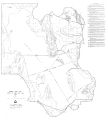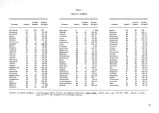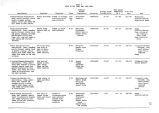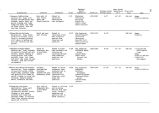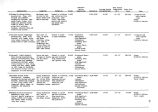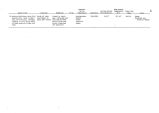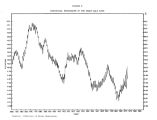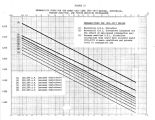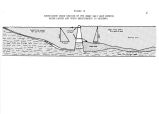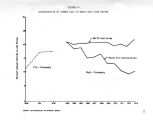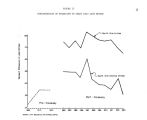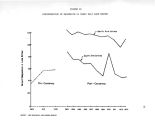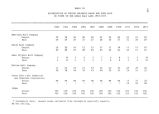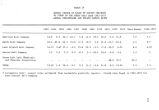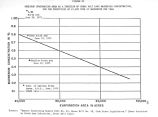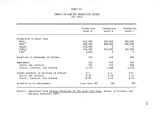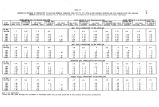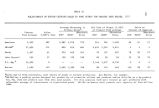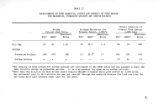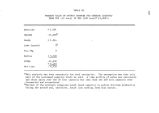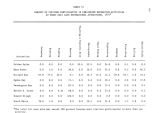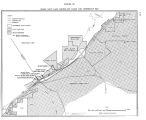| OCR Text |
Show 251 Serviceberry: Mountain Mahogany: Maples: Prickly Pears: Sagebrush: Bromegrass: Wheatgrass: Ricegrass: Carex Polygonum: Goosefoot Rabbitbrush: Berries are used extensively by songbirds, especially the thrashers, thrushes, towhees and magpie. Twigs and foliage are a preferred food of hoofed browsers. Value to wildlife is primarily as a browse for deer. They provide food for birds and small animals, especially grosbeaks, finches, porcupines, squirrels, chipmunks. Twigs and foliage are used by hoofed browsers. They are utilized by many wildlife species including: thrashers, wrens, rabbits, chipmunks, ground squirrel and kangaroo rats. This plant not only covers extensive areas, but it is also used extensively as both food and cover by many animals including the following: sage grouse, jackrabbits, cottontail rabbits, ground squirrels, gophers, antelope, and deer. This annual grass covers extensive portions in the Great Salt Lake study area and is used for food by several species of sparrows, hungarian partridge, chuckar, chipmunks, gophers, pocket mice and deer. Several species of this grass occur in the study area and are used for food by pheasants, rabbits, ground squirrels, antelope, and deer. While often grazed extensively by deer, this grass is; also used by mourning doves and chipmunks. In addition to providing cover, this marsh plant also provides food for many species of wildlife including the mallard, greenwinged and cinnamon teal, snipe, several species of sparrow and pheasant. The large seeds and large distribution of this plant makes it a valuable food source for the mourning dove, hungarian partridge, redwing blackbird, horned lark, all sparrows, porcupine, chipmunks and ground squirrels. These plants are a relished food item by the sparrows, juncos, larks, mourning doves, ground squirrels and kangaroo rats. Besides furnishing cover, the seeds and foliage are eaten by wildlife, especially deer, antelope and rabbits. |




























